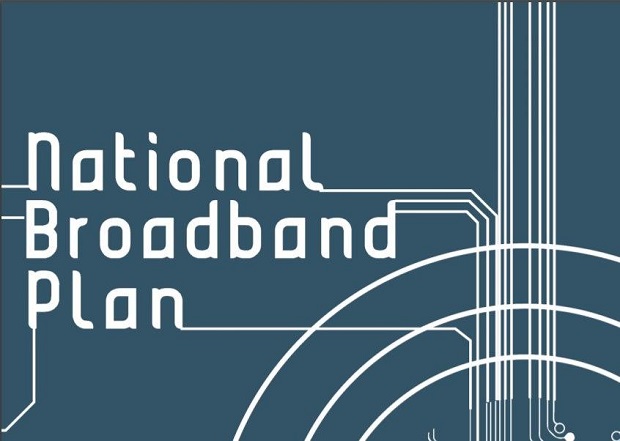The Department of Information and Communications Technology (DICT) said it is pouring P13.4 billion on the National Broadband Program (NBP) under its proposed 2021 budget — a big jump from the budget allocation of just P296.461 million for the current year 2020.

“The call for faster and more accessible Internet connectivity has never been more immediate as we aim to mitigate the effects of the Covid-19 crisis while preparing for the demands of the new normal,” DICT secretary Gregorio B. Honasan II said.
The NBP is the national government’s initiative in building and enhancing existing ICT broadband infrastructure to make Internet connectivity pervasive, accessible and more affordable for the public. It is structured into six components:
- National Fiber Optic Cable (FOC) Backbone
- Cable Landing Stations
- Accelerated Tower Build
- Accelerated Fiber Build
- Satellite Overlay
- Broadband Delivery Management Service (BDMS)
Among these components, the National FOC Backbone has successfully tested 158 dark fiber segments of the National Grid Corporation of the Philippines (NGCP). The backbone aims to cover the entire Philippine territory to reach unserved and underserved areas by targeting the installation of a 2,295-kilometer fiber-optic cable in 2021.
The DICT, together the Bases Conversion Development Authority (BCDA), said it has already completed the construction of the Cable Landing Stations at Baler, Aurora and Poro Point, La Union pursuant to the second component.
The construction of the 240-kilometer fiber highway is also underway and expected to improve access to 2Tbps capacity by 2021. Component 2 will also cover the operations and maintenance of the two Cable Landing Stations and four Repeater Stations.
The DICT has also issued the policy guidelines on the “Co-location and Sharing of Passive Telecommunication Tower Infrastructure for Macro Cell Sites” last June 08, 2020 to fast-track the rollout of common towers. The policy aims to accelerate telecommunications infrastructure rollout in the private sector to provide remote areas of the country with affordable and fast Internet connectivity.
The Accelerated Fiber Build Component, on the other hand, has connected 792 agencies in 13 GovNet sites as of date. For the rest of the year 2020, a total of 463 agencies in six GovNet sites shall be connected, and a total of 810 agencies in 14 new GovNet sites are expected to be connected by the end of 2021.
Additionally, the NBP aims to replace ICT equipment for 300 GovNet sites; expand seven existing sites; and provide IP Transport Services for eight GovNet sites. The GovNet project aims to institute fast and efficient network to interconnect government agencies pursuant to the eGovernment Master Plan 2.0 (EGMP 2.0) by building basic infrastructure and shared services for government offices and facilities.
The sixth component, Broadband Delivery Management Service (BDMS), is a recently added feature for 2021. The BDMS was developed in response to the accelerated NBP implementation and ensure uniform service delivery and promote healthy competition among Internet service providers (ISPs) to drive better quality Internet at lower costs.
“The P13.4 billion earmarked for the NBP in 2021 envisions increased public reach of connectivity services by developing and enhancing our digital infrastructures,” said Honasan. “The establishment of a national fiber optic backbone is a very pressing matter, not just in light of the public health emergency, but for the sake of national competitiveness. We are putting in place these strategies to reinvigorate the country’s participation in the global digital economy to achieve our vision of a Digital Philippines,” he added.
The DICT is proposing a total 2021 budget of P46,645,238,000 to fund five key strategic programs to propel government digital transformation as the nation transitions to the new normal:
- Digital Connectivity and Access,
- Digital Government,
- Digital Education and Digital Workforce,
- Digital Cities and Provinces, and
- Cybersecurity.
The Digital Connectivity and Access Program covers the NBP, the Free Wi-Fi for All Program, and the Government Emergency Communications System (GECS).




